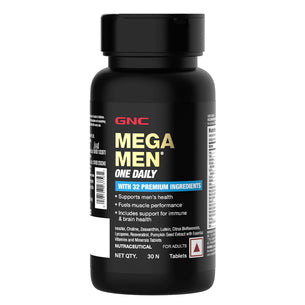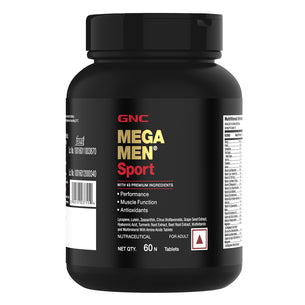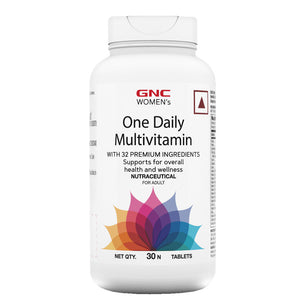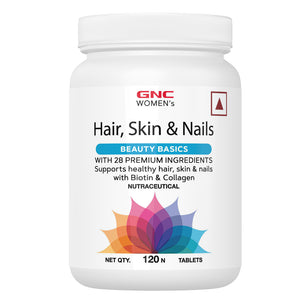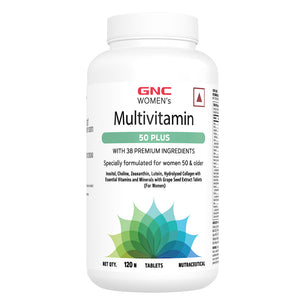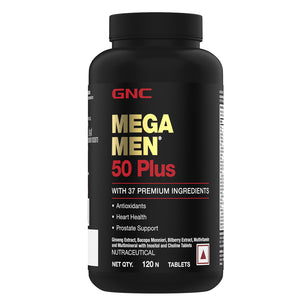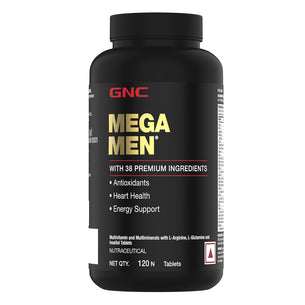
Carotenoids are pigments commonly found in plants and animals. They add bright colors to fruits and vegetables like carrots, pumpkin, sweet potatoes, collard greens, kelp and spinach. Carotenoids are some of the most popular phytochemicals. In addition to lutein, some other members of the carotenoid family are alpha-carotene, beta carotene, beta-cryptoxanthin.
These are yellow to red pigments found widely in vegetables and other plants. Though lutein is considered a yellow pigment, in high concentrations it appears orange-red.
What are Lutein and Zeaxanthin?
Lutein and Zeaxanthin is an antioxidant in the carotenoid family. They provide natural support for eyes, healthy skin, and helps support skin hydration.
These nutrients need to be taken from the external diet as our bodies cannot synthesis on their own.
A most important function of Lutein and Zeaxanthin: VISION
Lutein, best known for its association with healthy eyes, is a phytonutrient found in certain plants and flowers. This important carotenoid is present in the macula, or central areas of the retina, and provides dietary support for eye health.
Of the 600 carotenoids found in nature, only these two are deposited in high quantities in the retina (macula) of the eye. (American Optometric Association)
Lutein and Zeaxanthin can also protect your eyes from harmful ultraviolet rays and thus studies suggest high levels of lutein and zeaxanthin is linked with better vision especially in dim light.
These two eye-nutrients are also shown to protect from age-related macular degeneration (AMD) which usually occurs at an older age. The macular pigment has been implicated as a risk factor in AMD. At advanced stages of this progressive disease, everyday activities such as reading, driving, or even seeing the face of a loved one can become difficult.
Few clinical studies have found that people with higher blood levels of lutein and zeaxanthin have reduced the risk of reaching advanced stages of AMD.
In May 2013, the large scale study Age-Related Eye Disease Study (AREDS2) evaluated the effect of nutrients like – lutein and zeaxanthin — on the prevention of AMD and other age-related eye diseases.
The AREDS2 results revealed study participants with early signs of macular degeneration who took a modification of the original AREDS nutritional supplement that contained 10 mg lutein and 2 mg zeaxanthin (and no beta-carotene) every day for the 5-year study period had a 10 to 25 percent reduced risk of AMD progression as compared to the subjects who were dependent on natural sources for lutein and zeaxanthin.
Another study also revealed that women who consume high amounts of healthy foods containing lutein, zeaxanthin and other carotenoids have a lower risk of cataracts as compared to women whose diets contain a lower amount of these nutrients. (Archives of Ophthalmology)
How much Lutein and Zeaxanthin are enough?
- There are no set daily allowances for either of these nutrients.
- As per the studies, 10mg/d lutein and 2mg/d zeaxanthin are important for eye health. Researchers have not set an upper limit for either, but recommend not exceeding 20mg/d of lutein.
Try including lutein-rich natural ingredients in your diet or make sure to add supplements for good eye health. Either you can take a single lutein supplement or a multivitamin with benefits of lutein and zeaxanthin. GNC multivitamin blend has taken care of your eyes by including lutein and zeaxanthin in the required proportion along with other important vitamins and minerals.
⚡ ₹ 449.00
OFF
⚡ ₹449
⚡ ₹ 699.00
OFF
⚡ ₹699
⚡ ₹ 499.00
OFF
⚡ ₹499
⚡ ₹ 849.00
OFF
⚡ ₹849
⚡ ₹ 1,399.00
OFF
⚡ ₹1,399
⚡ ₹ 1,199.00
OFF
⚡ ₹1,199
⚡ ₹ 1,874.00
OFF
⚡ ₹1,874
⚡ ₹ 1,399.00
OFF
⚡ ₹1,399
⚡ ₹ 899.00
OFF
⚡ ₹899
⚡ ₹ 949.00
OFF
⚡ ₹949
⚡ ₹ 899.00
OFF
⚡ ₹899



